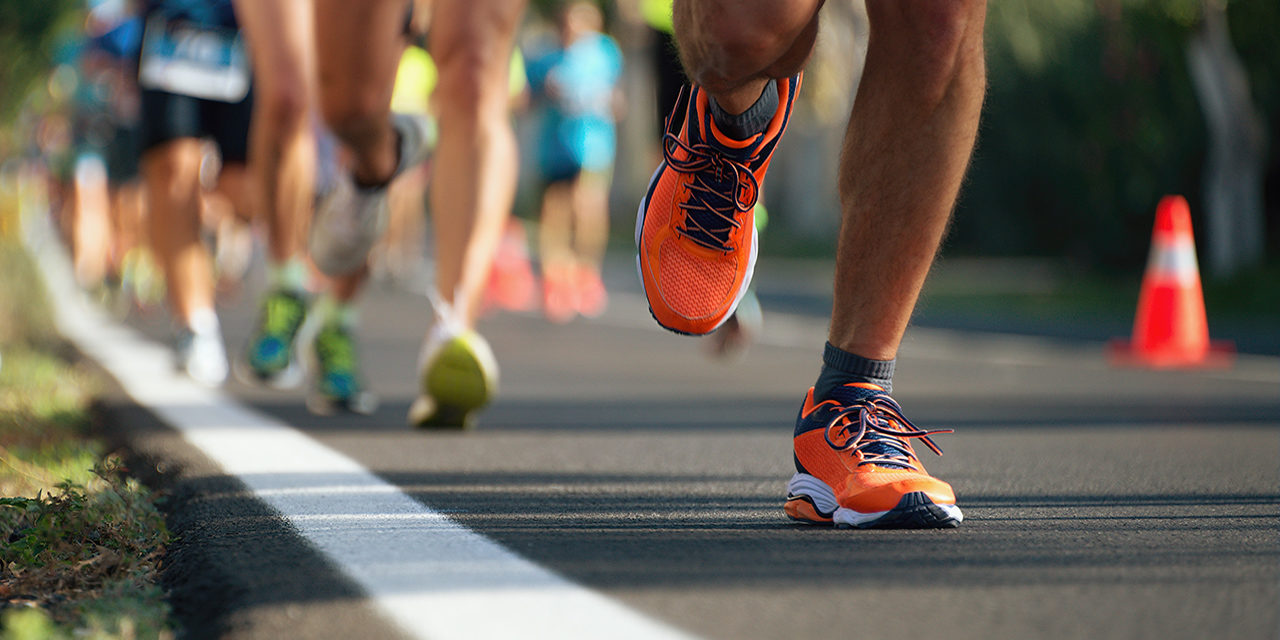Running: Whether you love it or hate it, there’s no denying it’s one of the easiest ways to exercise. Simply lace up, and get to it.
That being said, running is considered a “high impact” activity. For a lot of people, this means that going on a run can take quite a toll on the body. Specifically for frequent runners or folks who fail to warm up and cool down properly, injuries can be expected.
Even when you’re feeling loose and limber, a number of running-related injuries and ailments can occur – everything from an annoying blisters to shin splints and plantar fasciitis.
An orthopedic specialist’s insights on running
“As an orthopedic surgeon, running is not necessarily something I tell people to stay away from. But there’s two different discussions I have with patients. Running for cardiovascular health is one thing, and running after you undergo a joint replacement is another.
One of the biggest things I’ve noticed is that if someone is an adamant runner, I can talk all I want… most of the time, that won’t stop them from running, if they really love it.
What does come into play is a discussion about realistic expectations. I see runners starting to experience worsening knee pain, or starting to pick up some early arthritic changes.
But I don’t forbid running. It’s about educating… being reasonable in the sense of ‘Hey, maybe you shouldn’t be putting in 100 miles a week.’ Cutting back and cross-training are two of my best recommendations for runners concerned about their joint health.”
Tips to Avoid Joint Injuries for Runners
Dr. Pula tells his patients that a healthy running schedule includes cutting back and cross training. Additionally, consider the following suggestions to minimize joint pain and reduce injuries:
1. The optimum running sneaker: not too old, not too new
Try and find the sweet spot when it comes to your running sneakers. New sneakers need to be “broken in”; if they’re stiff, they will cause blisters and other skin irritations.
To break in new sneakers before you take them on a run, wear them indoors while you’re doing household chores or on a brisk walk (not run).
On the other hand, worn-down sneakers that have lost their cushioning do not offer any support. Place one hand underneath the toe of the shoe, and the other hand on the base of the heel. If there’s little to no resistance when you push up and in, then it might be time to go shoe shopping.
2. Listen to your body
Avid runners are great athletes. However, one of the biggest mistakes a runner can make is ignoring the signs your body is giving you.
Running on an inflamed or injured joint may allow a minor injury to develop into a more chronic problem. Pain and prolonged soreness in your knees, legs, or feet might be signaling your body needs more recovery time.
3. Warm up with dynamic stretches
Dynamic stretches are different types of movement that warm up muscles prior to exercise. Dynamic stretches help promote blood flow and reduce the chance of injury.
These are the opposite of “stretch and hold” -type positions. Examples are jumping jacks, high knees, and lunges.
4. Cool down with static stretches
If you think of stretching as reaching down to touch your toes, you’re thinking of static stretches. These movements promote flexibility and usually isolate one muscle group at a time. “Stretch and hold” -type positions should be reserved for after your workout is complete.
5. Cross-train beyond running
As Dr. Pula mentioned, focusing too much on running is how many patients start to experience joint pain and overuse injuries.
Cross-training refers to an exercise regimen that incorporates a variety of different activities. For runners, this would include supplementing long runs with weight lifting, Pilates or yoga, and maybe even lap swimming or cycling.
Promote Joint Health with Sports Medicine Services
The sports medicine providers affiliated with Catholic Health help athletes and active individuals maintain a healthy lifestyle, while reducing the risk that you’ll be sidelined due to injury.
Find a Orthopedic Specialist Near You
Call (716) 923-7153
Find an Orthopedic Specialist Near You
Call (716) 923-7153





